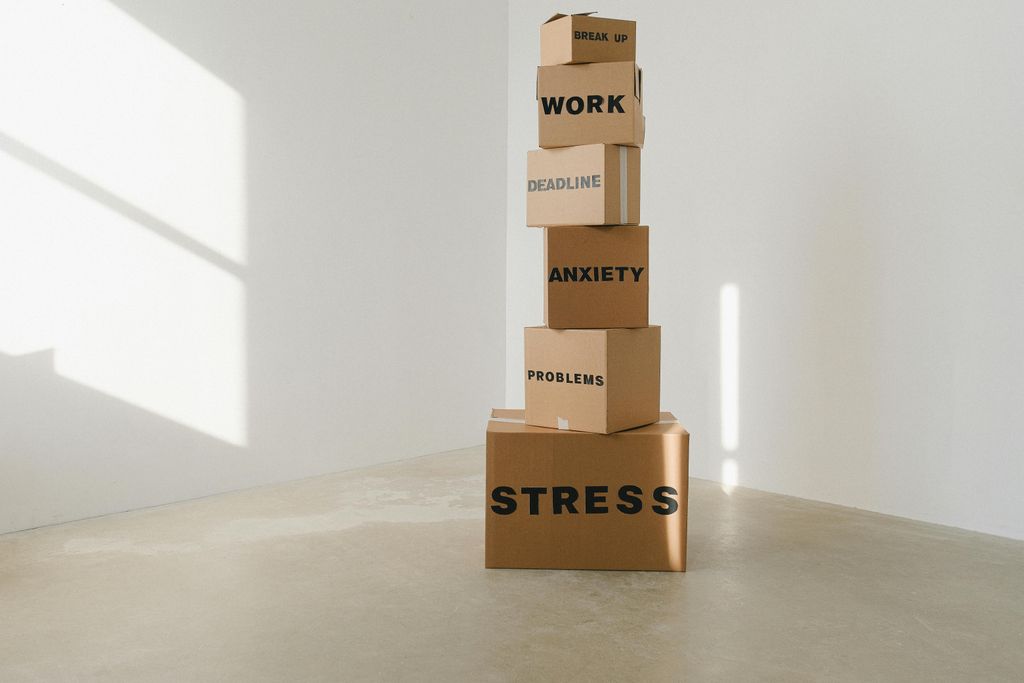Helping High-Averse Clients Find Freedom in Decluttering: Strategies for Professional Organizers
Introduction
As professional organizers, we often encounter clients with varying levels of attachment to their belongings. However, there are times when we meet clients who are exceptionally averse to letting go of their items—much more than any previous client has experienced. This can pose unique challenges, especially when you know that reducing clutter could significantly improve their quality of life. If you’ve recently taken on a client who fits this description, you’re not alone. In this post, we’ll explore actionable strategies and resources that can help you guide your client through the decluttering process without feeling overwhelmed.
Understanding the Challenge: Why Clients Hesitate to Let Go
Before diving into strategies, it’s essential to understand why your client may be reluctant to part with their belongings. Common reasons include:
- Emotional Attachment: Many items come with memories that serve as emotional anchors.
- Fear of Future Use: Clients may worry they will need something later and regret giving it away.
- Societal Pressure: The belief that ownership signifies success can hinder the decluttering process.
By acknowledging these emotional hurdles, you can better position your guidance to resonate with their concerns.
Strategy 1: Empathetic Listening and Validation
One of the most effective ways to assist your client is to begin by listening. Here’s how to incorporate empathetic listening into your sessions:
- Create a Safe Space: Let them express their thoughts and feelings about their belongings without judgment.
- Ask Open-Ended Questions: Use prompts like “What does this item mean to you?” or “How does this item make you feel?”
- Validate Their Feelings: Acknowledge that it’s okay to feel attached. This can help them open up and feel respected in their journey.
Tip: Consider sharing case studies of past clients who felt similarly and how they overcame those feelings. Real-world examples can help normalize their experience.
Strategy 2: Use Visual Aids and Written Resources
Sometimes, visual aids can be incredibly powerful tools in conveying the benefits of decluttering to a hesitant client. Here are a few suggestions:
- Before-and-After Photos: Show images of spaces transformed through decluttering. Visual proof can inspire hope and motivation.
- Infographics: Create a simple infographic outlining the positive effects of decluttering, such as reduced stress levels, increased productivity, and improved emotional well-being.
- Handouts: Prepare written materials that explain the concept of “less is more,” offering compelling statistics and anecdotes related to clutter reduction.
Example Resource: You might consider directing your client to Marie Kondo’s book, The Life-Changing Magic of Tidying Up, which highlights the emotional and practical benefits of decluttering.
Strategy 3: Engage in a Gradual Process
For clients who are highly adverse to letting go, implementing a gradual approach can be beneficial. Here’s a method to try:
- Set Realistic Goals: Break the decluttering process into manageable goals. For instance, aim to tackle a single drawer or shelf at a time.
- The “Keep, Donate, Trash” Method: Educate your client about the three-box method. Prompt them to decide which items they want to keep, donate, or discard.
- Set Up a “Trial Period”: Suggest a trial period for items they are uncertain about keeping. If they don’t use an item within a stipulated time frame (e.g., three months), it can then be considered for parting with.
Tip: Remind them that the “keep” decision doesn’t have to be final, easing some of the pressure associated with letting go.
Strategy 4: Encourage Mindfulness and Emotional Reflection
Helping your client embrace mindfulness can enable them to navigate their attachments more effectively:
- Journaling Exercises: Encourage your client to keep a journal where they can write about their feelings regarding specific items. Journaling can help them reflect on the reasons for keeping certain belongings.
- Visualization: Guide them to visualize how a decluttered space would enhance their day-to-day life. This exercise can create mental buy-in that complements physical action.
Strategy 5: Create an Ongoing Support System
Finally, building a support system around your client can be transformative. Here’s what you can do:
- Regular Check-Ins: Continue to check in on their progress. This creates accountability and reinforces their commitment to the process.
- Join Online Communities: Recommend supportive communities (such as social media groups) where members share their organizing journeys. Seeing others’ successes can boost your client’s confidence.
Conclusion: The Path to Transformation
Helping a client who is resistant to decluttering requires patience, empathy, and a strategic approach. By integrating these strategies into your practice, you can empower your client to recognize that less truly can be more—that by freeing themselves from excessive possessions, they will enhance their well-being, reduce overwhelm, and unlock their space for creativity and peace.
Are you ready to expand your practice as a professional organizer? If you’d like more personalized support or additional resources, subscribe to our newsletter for tips and materials tailored specifically for organizers like you. Let’s journey toward a life transformed, starting today!

About Elizabeth Cramer
Elizabeth is a small business owner and co-founder of Hedl.

